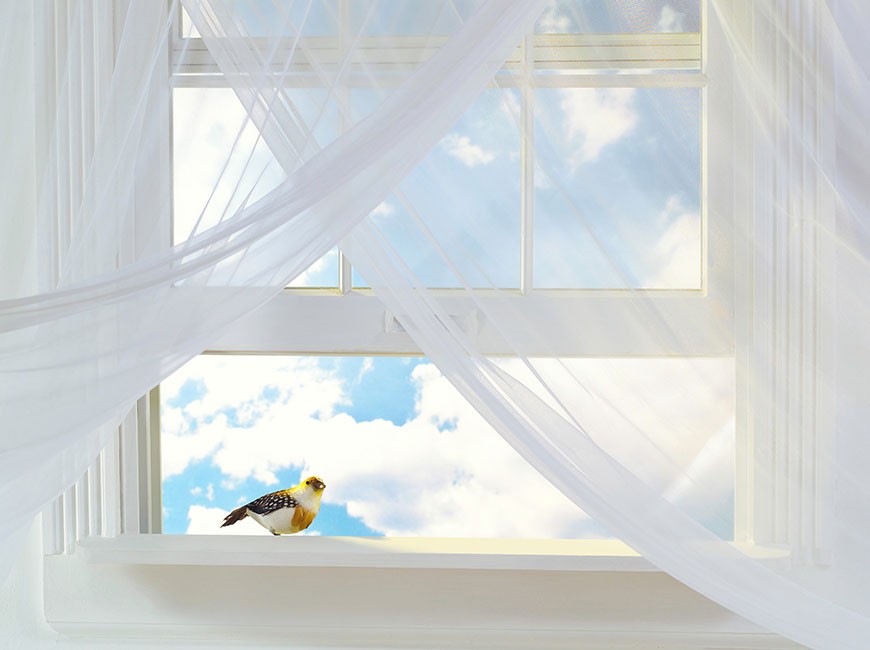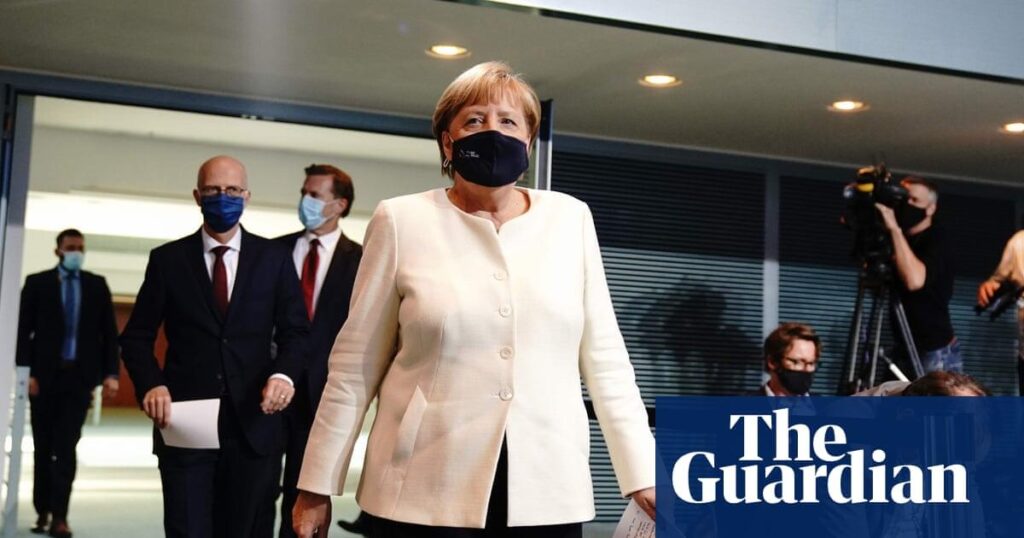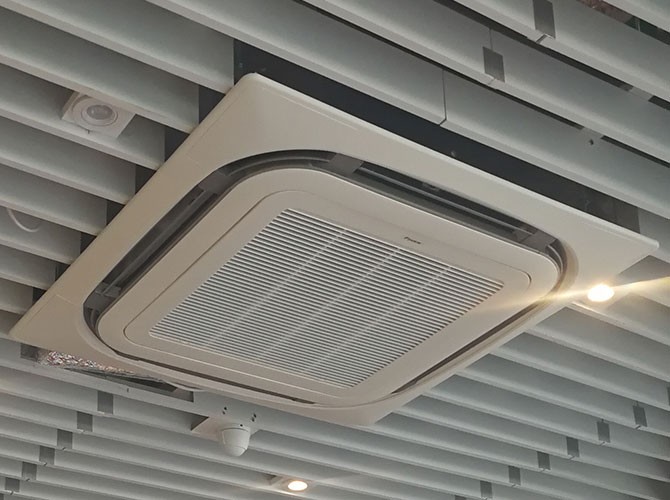As winter nights draw in, accelerated by the clocks changing, we will spend more time inside, whether snuggled up in our own homes, or using communal spaces & buildings.

Without doubt air transmission is the key spreader of Sars-CoV-2, the question is what can we do about it, to protect ourselves and improve our indoor environment. Here are some tips about air quality and how to demand it is improved inside and outside of buildings.
As a longtime eco-architect it has been my passion to find what makes buildings really comfortable and a joy to be in, and air quality is a key component.
This fascinating animation from Riken/ Kobe University models the transmission path from infected persons, showing the dispersion of virus particles and how humidity affects it, pointing to heightened coronavirus contagion risks in dry, indoor conditions during the winter months.
There are many studies and articles describing how to manage ventilation rates and the concentration of aerosol particles responsible for causing infections. Here is a good one:

Ventilation and air filtration play a key role in preventing the spread of COVID-19 indoors
As schools and offices open up, here’s what building managers should do to reduce SARS-CoV-2 particles in the air we breathe
Your Home:
For a regular home what can you do simply and cheaply?
The Germans have long had the concept of Querlüften, or cross ventilation, whereby all the windows in a house or apartment are opened letting stale air flow out and fresh air come in. This has been added to the German government’s national policy for tackling coronavirus.

Germans embrace fresh air to ward off coronavirus
Angela Merkel says ventilation may be one of cheapest and most effective ways of containing virus
But beware if someone infected sits by a window it can spread through the room.
I bought an inexpensive CO2 monitor – this is very eye-opening and lets you become familiar with the parts per million (PPM) concentration of CO2 – the alarm beeps when concentrations rise above 1000PPM. At high CO2 levels you feel drowsy, and it affects productivity at work and the quality of sleep. I notice the levels build up with people in the house and with cooking. A tip is to open the windows when the day is warmest not wait till you go to bed. Regularly checking the CO2 levels makes you aware of air quality, so when you walk into a public building where the air doesn’t feel right you can walk out straightaway and have a remote conversation with the facilities manager! CO2 is not the only indicator of air quality, but surely if the CO2 levels are high, other pollutants will be high as well. You can purchase more sophisticated meters to measure other air pollutants.
My meter also measures relative humidity, with the sweet spot of relative humidity being around 45 percent, though the optimum depends on personal preference, the climate and type of house.
Ideally, in conjunction with your eco-renovation hopefully to Passivhaus standard, you can install mechanical ventilation heat recovery (MVHR) – giving you unparalleled comfort and air quality, with HEPA filtration as required. If you cannot install this you can get room based portable HEPA filters.
Another way to improve indoor air quality is to substitute intermittent bathroom extractor fans with constant mechanical extract ventilation MEV (with a boost facility) – this constantly draws air through the rooms into bathrooms and kitchens, improving air quality and being surprisingly energy efficient when combined with appropriate wall insulation and high performance windows.
Restaurants & Pubs:

Many indoor restaurants and pubs have ceiling ‘air-conditioners’ as part of split unit heaters or chillers – you have a false sense of security thinking these give fresh air – in reality they merely circulate the same air around, usually relying on the front door for fresh air. So if you see this and no other fresh air source and the air does not feel good, walk out and question the building owner.
Your workplace:
Workplace air conditioning is complex and will need to be fixed by building services professionals. We must feel safe inside buildings especially if there are sealed windows; many internal air-conditioning systems recirculate some air, and we need to reach consensus on the best way for the systems to be upgraded. A prominent display of the real-time air quality along with an explanation of the building’s air systems might give reassurance.
An interesting and informative site from the UK for air quality with weekly updates is:
We can survive a few weeks without food, a few days without water, and just a few minutes without air. The more we become aware of how good air should be, the quicker we can lobby for its improvement.
